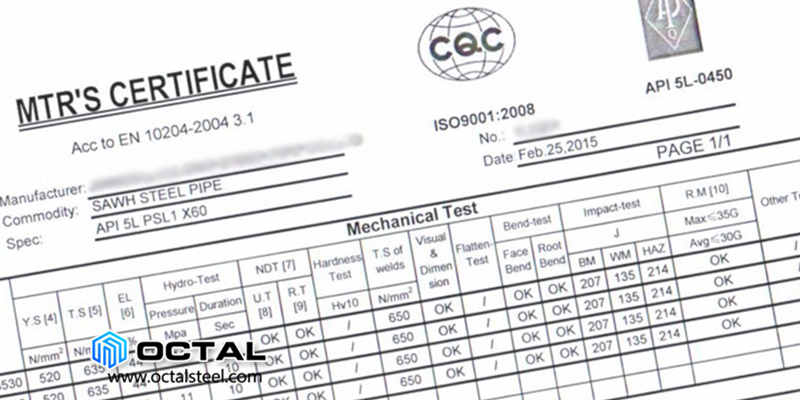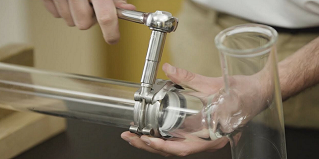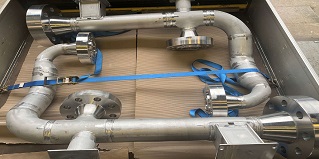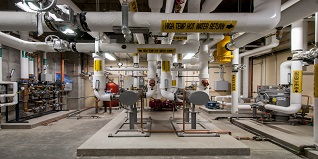When purchasing steel products, metal manufacturers shall release the Mill Test Certificate (MTC) to the buyer. The MTC contains all specifications of steel products including manufacturer name, product weight, dimensions, chemical composition, mechanical strength, heat treatment status, all destructive and non-destructive test results, traceability, etc. All this information is to make sure that a particular standard of quality for steel products has been met during manufacturing.
In Germany, inspection documents and certifications were originally specified in the standard DIN 50049. Later, the European standard EN 10204, was first published in 1991. As per EN10204, Inspection certificates and documents were of the following types:
- EN10204 2.1
- EN10204 2.2
- EN10204 2.3
- EN10204 3.1A
- EN10204 3.1B
- EN10204 3.1C, and
- EN10204 3.2
EN 10204 was revised in the year 2004 and published as EN 10204:2004-Metallic Products—Types of Inspection Documents.
And as an effect of the revised standard, now inspection certificates and documents are of only the following types:
- EN10204 2.1
- EN10204 2.2
- EN10204 3.1
- EN10204 3.2
Certificate type 2.3 has been deleted, Type 3.1 replaces 3.1B, and Type 3.2 replaces 3.1A, 3.1C, & 3.2.

A brief overview of each of the EN 10204 certificate types is shown below:
| Certificate Type | Title | Summary of EN 10204 Requirements | Document Validated by |
| 2.1 | Declaration of Compliance with the Order | Statement of compliance with the order | The manufacturer |
| 2.2 | Test Report | Statement of compliance with the order, with indication of results of nonspecific inspection | The manufacturer |
| 3.1 | Inspection Certificate | Statement of compliance with the order, with indication of results of specific inspection | The manufacturer’s authorized inspection representative independent of the manufacturing department |
| 3.2 | Inspection Certificate | Statement of compliance with the order, with indication of results of specific inspection | The manufacturer’s authorized inspection representative independent of the manufacturing department and either the purchaser’s authorized inspection representative or the inspector designated by the official regulations |
The standard is usually applied to metal produced by mills in the form of metal bars, plates, pipes, tubes, beams, sections, etc. The standard can also be applied to specific products manufacturers like valves, gauges, special items.
Difference between EN 10204 3.1 and EN 10204 3.2
The EN 10204 Type 3.1 Inspection Certificate is the document issued by the manufacturer to the buyer in which he declares that the products supplied comply with the requirements of the order, and It includes all the test results. This certificate is validated only by the manufacturer’s authorized inspection representative who has to be independent of the manufacturing department. The representative can be from the Quality department or test house.
It shall be permitted for the manufacturer to transfer on to the test certificate 3.1 relevant test results obtained by specific inspection on primary or incoming products he uses, as long as the manufacturer operates traceability procedures and may provide the corresponding inspection documents required.
The EN 10204 Type 3.2 Inspection Certificate is similar to the 3.1 but has additional requirements of countersigned and verified by an independent third-party inspector to validate the material by way of a verification test. When the 3.2 inspection certificate type is requested, the manufacturer may prepare a 3.1 type certificate to present to the ‘outside inspector’ to use as a base for preparing the independent 3.2 inspection certificates.
Document prepared by both the manufacturer’s authorized inspection representative and either the purchaser’s authorized inspection representative or the inspector designated by the official regulations and in which they declare that the products being supplied comply with the requirements of the order and the test results are correct which being supplied with the products.
You may also like to read
- Olets Fittings: A Complete Guide
- A Presentation on Pipe Insulation
- A Presentation on Pipe Stress Analysis
- Piping Line Study: 20 Important Steps to Follow
- Checklist For Piping Isometric Drawing
- Control Station and Control Valve in the Process Piping




question:
A: Miller, producing bar
B: trade company
C: supplier provide machining
D: outside heat treatment company
E: Notify Body such as SGS, TUV
F: buyer
when F buy part from C, C buy bar from B, B buy bar from A, as PO need solutioned bar, but B cannot buy solutioned bar from A, then B buy hot rolled bar from A and then go to D do HT(solution), after that go to E to do tensile test and hardness test, finaly F got 3.1 certificate from A but the bar mechenical status already changed. E provide test report, but this is not 3.2 certificate. if consider this kinds of part will use for PED project, does C did wrong way?